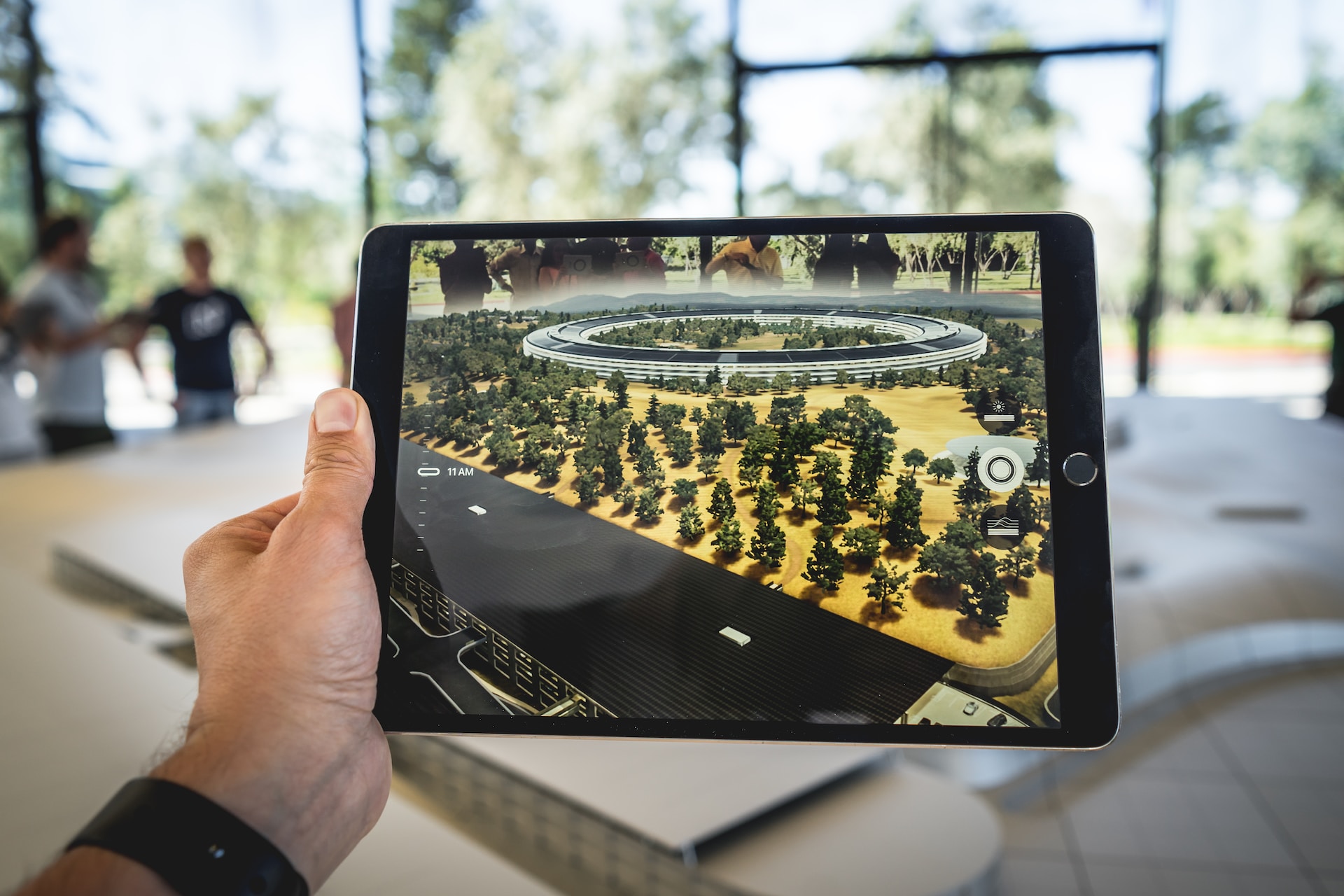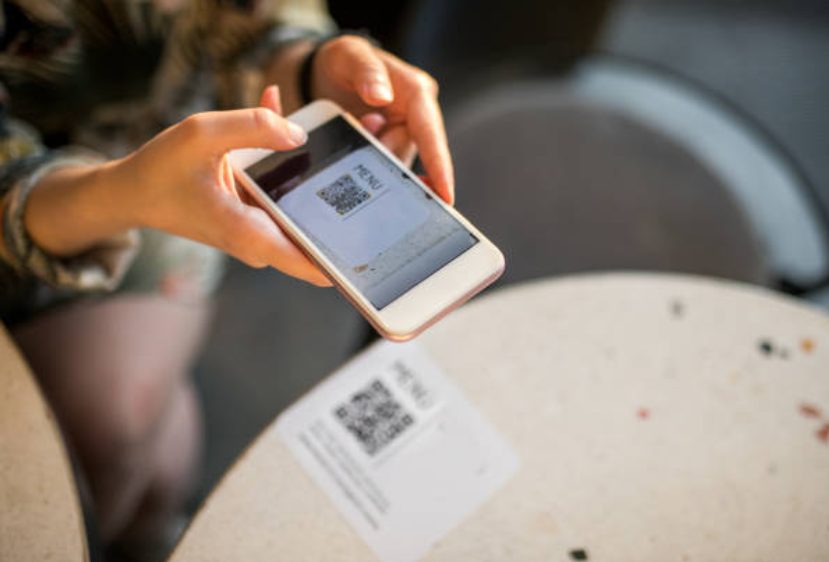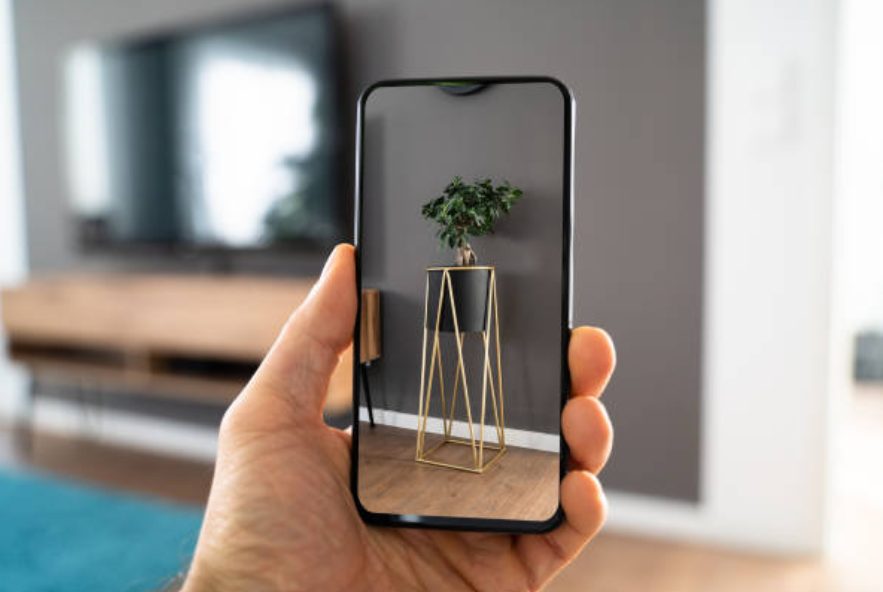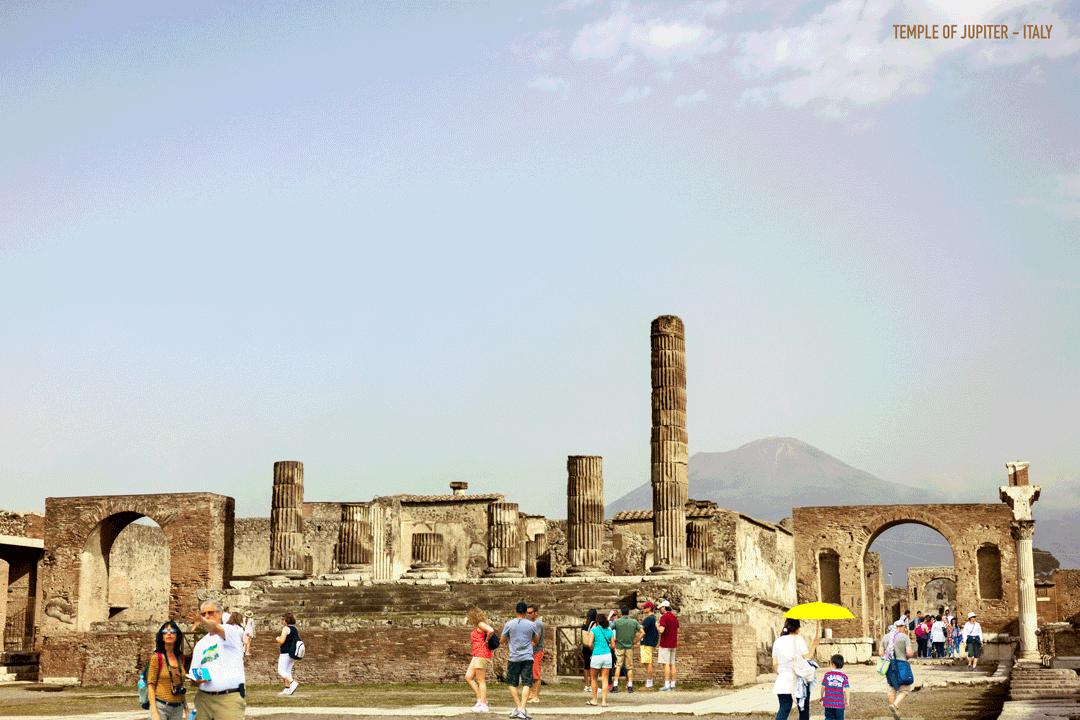
5 Types of AR
Posted on | by Liz Trumper
Augmented Reality (AR) is an exciting technology that blends virtual information with the real world. It superimposes objects on to a real life scenario, using the likes of mobile phones and virtual headsets to do so. In recent years, the number of AR applications has increased, and the technology has been used in various fields. Driving this steady increase has been customers, with 61% saying there is a need and demand for new and engaging ways to connect with a brand and the world around them. As a whole, AR is expected to reach dizzying heights in years to come, with the industry being worth well over 150Billion USD. So it’s fair to say this is an important topic for all businesses, and is something worth understanding in more detail.
In this blog we look to identify 5 types of AR that customers are consuming today. Five different ways that brands can utilise AR technology to enhance their stories.
Read on to find out more…
1. Marker AR
This type of AR uses markers, such as QR codes, to trigger virtual content on a device. The markers are recognized by the camera of the device, and the AR software overlays the virtual content onto the real world. Marker-based AR is commonly used in advertising, education, and gaming. Think of the last time you went to a restaurant, did you have a QR menu rather than a paper one? Or what about an exhibition that asked you to scan a QR code for more details? This is all part of Marker AR.

2. Markerless AR
Unlike marker-based AR, this type of AR does not require any markers. It uses the camera of a device to recognise objects or patterns in the real world to trigger virtual content. Markerless AR is commonly used in navigation, industrial design, and gaming.

3. Projection AR
This type of AR projects virtual content onto a physical surface, such as a wall or table. The virtual content is aligned with the physical surface to create an interactive experience. Projection-based AR is commonly used in advertising, entertainment, and art installations. You’ve most likely seen this type of AR on furniture websites like IKEA or DFS, where items you could buy are projected into your lounge so you can test them out.

4. Superimposed AR
This type of AR overlays virtual content onto a real-world object. The virtual content is aligned with the object’s shape and position, creating a more realistic experience. Superimposition-based AR is commonly used in education, product visualisation, and healthcare. Midwifery units and other surgical professionals are often referring to virtual training using these AR type environments, where they can practise highly detailed operations.

5. Outlining AR
This type of AR outlines the real-world objects with virtual content. The virtual content is aligned with the edges of the object, creating an augmented version of the real world. Outlining-based AR is commonly used in architecture, interior design, and urban planning. It is also most often spoken about within the car industry, where manufacturers are looking for ways that cars can outline obstacles and help navigate a path to reduce pressure on drivers.


In conclusion
AR has 5 different ways it can be displayed and used. With the advancements in AR technology, we can expect to see more creative and innovative uses of AR in the future. And that isn’t just for external customers, but internal customers (i.e staff) too.
Whether for customers and brand engagement, launch events and product demonstrations or to educate internal teams or to help train staff, AR can be used in a number of ways, and these 5 ways to use the technology only increase the opportunities.
Have you thought about creating AR content? Feel free to drop us an email or give us a call to find out more. Just click the button below to get started.